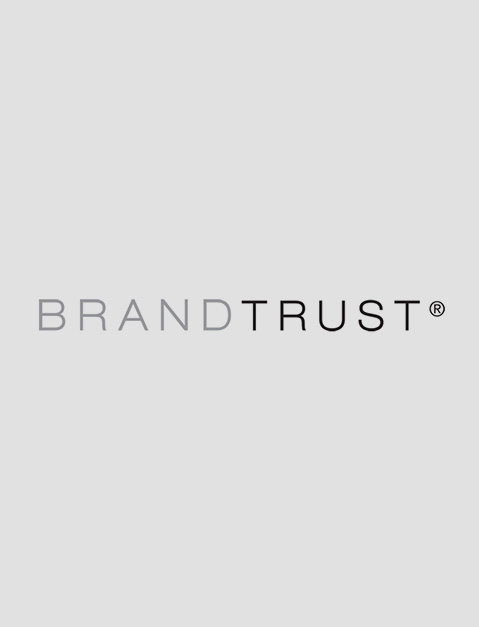It All Starts At Home
Erik Erikson’s work is taught in nearly every introductory psychology course. His stages of psychosocial development call out trust as the earliest psychosocial crisis. As infants, we must learn to either trust the world around us or to distrust it. This trust or distrust is learned through the environment in which we live. If our parents provide for us in a reasonable and dependable way – trust is acquired. On the other hand, if they are abusive and dangerous – mistrust is developed (Kalat, 2010).
Stand By Me
As adults, trust has many definitions and can be established, lost and regained (Mikulincer, 1998). According to Rempel, Holmes and Zanna (1985), trust requires that partners be seen as reliable and predictable, that the partner is concerned with one’s needs, and that the individual feel a sense of confidence in the relationship with the partner. According to the authors, each element of trust varies in how much it contributes to the relationship. “The most important aspect of trust in close relationships appears to be faith: the belief that one’s partner will act in a loving and caring way whatever the future holds” (Rempel, Holmes, & Zanna, 1985). Another important aspect of trust is that of consistency – or rather inconsistency. As the authors demonstrate, “inconsistency has psychological meaning because it raises the specter of a partner who is volatile and acts in unexpected, negative ways” (Rempel, Holmes, & Zanna, 1985).
Trust is also a critical element in negotiations. Recent research conducted on the intrinsic value of a smile show that “participants were willing to sacrifice the chance of a monetary reward to receive a genuine smile and produced inflated estimates of the value of genuinely smiling faces” (Shore, 2011). A smile may lead respondents to anticipate positive social outcomes. In fact, it is these sort of social cues and previous behavior that help respondents determine whether or not to trust a partner in a test game (Behrens, Hunt & Rushworth, 2009).
In the world of branding, trust is just as important. (It’s a large part of how Brandtrust® got its name in the first place.) As businesses and brand managers, we ask consumers to place a lot of faith in our wares. In the case of services – like a consulting firm or insurance company – even more faith is required as there is no tangible evidence of value. It must be perceived or interpreted. Yet, creating trust among consumers is more difficult. We rarely get to shake their hands or build a personal rapport with them. A brand must demonstrate trustworthiness through its behavior as an organization, its communications and its interactions with the consumer. This trust must also be demonstrated across large populations like a sales force, customer service hotline – or even a website.
It’s the Little Things You Do, Not The Big Things You Say
But building trust is not impossible for brands to accomplish. As consumers experience the same sorts of emotions and relationships with brands that they do with people, brands can demonstrate trustworthiness to their consumers in many of the same ways. Brands that want to win trust must be reliable, consistent, communicate that they have concern for consumer’s needs and find ways to “smile” or provide other social cues that build rapport. The question we must continue to ask ourselves as people who manage brands is whether what we do demonstrates these elements. Are we being consistent? Reliable? Are we demonstrating that we are predictable as a brand, as a service and an organization? More than anything, have we proven to our customers that we will act in caring and loving ways towards them regardless of what the future holds? So, how trustworthy is your brand?
